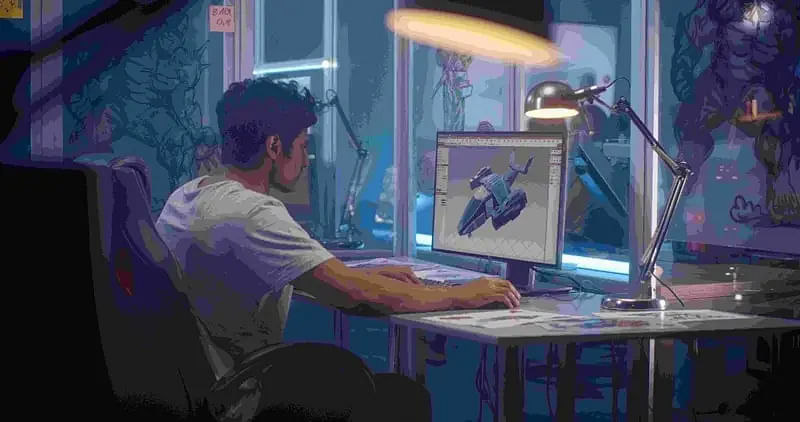Game design as a career involves the creation of video games and other interactive media. It involves the ideation, design, and implementation of video game systems, mechanics, art, audio, and story.
From the basics of game mechanics and level design to the complexities of story and characters, game design is a creative endeavor that requires a lot of planning, collaboration, and testing. The first step in game design is to determine the type of game. Is it a first-person shooter? A puzzle? A role-playing game? This will determine the mechanics and the overall feel of the game. From there, the game designer can begin to come up with the core concept and design elements of the game. It’s important to consider the target demographic, as well as the type of platform the game will be released on.
Game design as a career involves the creation of video games and other interactive media. It involves the ideation, design, and implementation of video game systems, mechanics, art, audio, and story. A game designer is responsible for the overall look and feel of the game, the mechanics and how the game plays, and the narrative or story that the game tells. As a game designer, you may also be responsible for managing the team of developers, artists, musicians, writers, and other creative professionals who will bring the game to life. Additionally, you may be involved in marketing and promotion of the game, as well as interacting with fans and players. The game design offers a unique career opportunity for creative and technical individuals looking to push the boundaries of interactive entertainment.
Trends in Game Design
- Player Choice: Player choice has become an important factor in game design, allowing players to have meaningful impacts on their game experience. By giving players choices, designers can create a more engaging experience and make the game more replayable.
- Virtual Reality: Virtual reality is becoming an increasingly popular tool for game design. It allows players to explore virtual worlds and interact with them in a more realistic way.
- Augmented Reality: Augmented reality is a newer technology in game design, allowing players to interact with virtual objects in the real world.
- Cross-Platform Play: Cross-platform play is becoming more popular, allowing players to play the same game on multiple platforms. This allows for a larger player base, and the ability to play with friends regardless of platform.
Some examples of successful game designs
- Fortnite: This battle royale game has taken the world by storm and has become one of the most popular games ever. It has an engaging, fast-paced gameplay loop with multiple game modes and an ever-growing list of cosmetic rewards.
- Overwatch: This team-based shooter game has been a huge success since its launch in 2016. The game has a wide variety of heroes, each with its own unique abilities and playstyles, providing a deep and rewarding experience for its players.
- Stardew Valley: This farming simulator game provides players with a relaxed and enjoyable experience. Players are able to manage their own farms, explore the world, build relationships with the locals, and even go fishing.
- Pokémon Go: This augmented reality game has taken the world by storm, with millions of players exploring the real world and catching Pokémon. The game is also incredibly social, with players able to join teams and compete against each other for rewards.
- Minecraft: This sandbox game has been incredibly successful since its launch in 2009. Players can build, explore, and create their own unique world in this game, and there are hundreds of different modes to play.
With the rise of mobile gaming, virtual reality, and the ever-evolving gaming landscape, game design offers an exciting and rewarding career. Game design is the process of creating and developing video games. It involves creating engaging and immersive experiences through the use of characters, storylines, levels, graphics, and sound. It takes a wide range of skills, from programming and coding to art, music, and design. Game designers must be creative and have an understanding of the gaming industry. They must be able to develop ideas, create prototypes, and then test them with players.
Game design involves a lot of collaboration with other team members, including developers, artists, and marketers. It is important for game designers to have strong communication skills in order to effectively work with the entire team. Game designers must also have an understanding of the
target audience. They must research and analyze the market in order to create games that appeal to players. Game designers must also be able to use analytics and metrics to assess the performance of the game. Game design is a highly competitive field and requires dedication and hard work.














POST YOUR COMMENT